North America’s wilderness has long been home to some of the most magnificent predators on the planet, with gray wolves reigning as iconic symbols of untamed nature. Throughout recorded history, certain wolves have achieved legendary status due to their extraordinary size. This article explores the fascinating story of the largest wolf ever captured in North America, examining the scientific records, historical context, and the lasting impact of these apex predators on our understanding of wildlife. From the frozen tundra of Alaska to the forests of the northern United States, these remarkable creatures continue to captivate our imagination and challenge our perception of nature’s limits.
The Record-Breaking Wolf of Alaska

The largest verified wolf ever captured in North America was a massive male gray wolf (Canis lupus) taken near Kotzebue, Alaska in 1975. This enormous specimen weighed approximately 175 pounds (79.4 kg) and measured nearly 7 feet (2.13 meters) in length from nose to tail. This Alaska wolf far exceeded the typical size range for North American gray wolves, which generally weigh between 70-110 pounds (32-50 kg).
The exceptional dimensions of this wolf have been documented in official Alaska Department of Fish and Game records and stand as the benchmark against which all claims of massive wolves are measured. The extreme northern environment of Alaska, with its abundant prey and need for larger body mass to survive harsh winters, contributed to the development of these extraordinarily large specimens.
Understanding Wolf Size Variations
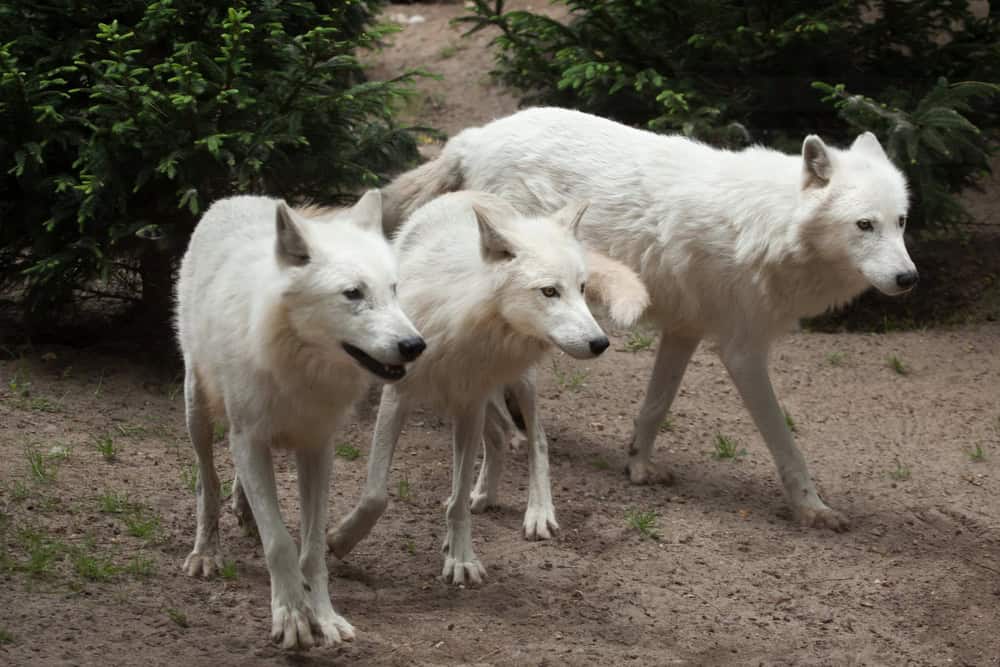
Gray wolves display remarkable size variations across their range, with body mass generally increasing the further north populations are located. This phenomenon, known as Bergmann’s rule, suggests that animals of the same species tend to be larger in colder environments as increased body mass helps conserve heat. Wolves in the northern regions of Alaska and Canada can weigh up to 30% more than their southern counterparts.
Adult males typically outweigh females by 20-30%, explaining why most record-breaking specimens are males. Subspecies like the Mackenzie Valley wolf (Canis lupus occidentalis) of western Canada and Alaska are particularly noted for their large size, with some individuals regularly exceeding 120 pounds (54 kg) in optimal conditions with plentiful food resources.
Historical Giant Wolves

Throughout North American history, there have been numerous reports of exceptionally large wolves, though many lack proper scientific documentation. In the early 20th century, before standardized measurement protocols, trappers and hunters frequently reported wolves exceeding 150 pounds (68 kg). A notable historical specimen was recorded in 1939 in Wyoming, reportedly weighing 160 pounds (72.6 kg).
While these historical accounts must be approached with some skepticism due to potential measurement inconsistencies or exaggeration, they suggest that wolves approaching the size of the Kotzebue specimen have occasionally appeared throughout North America’s wilderness. Unfortunately, many of these historical specimens weren’t preserved using modern scientific methods, making it difficult to verify their exact dimensions with complete certainty.
The Science Behind Gigantism in Wolves
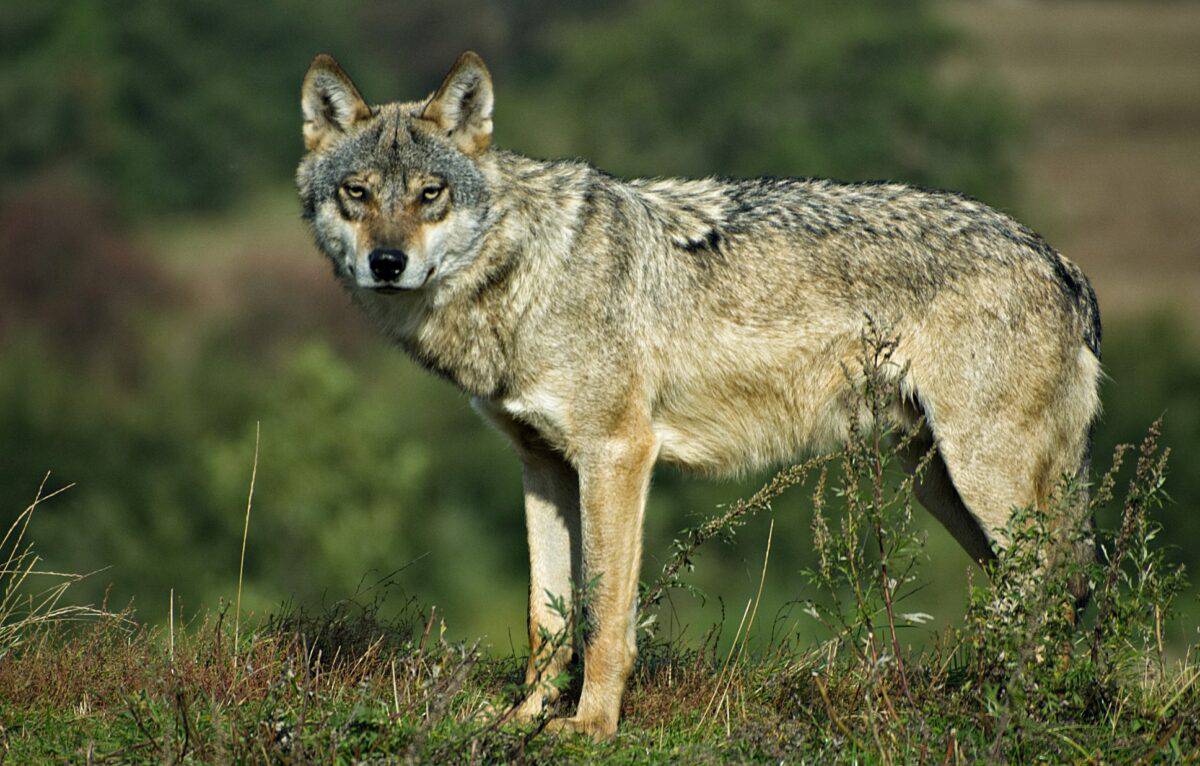
Several biological factors contribute to exceptional growth in wolf populations. Genetic factors play a significant role in determining size potential, with certain lineages carrying genes for larger frames and muscle mass. Environmental conditions, particularly food availability during critical development periods, can dramatically impact adult size. Wolves with consistent access to large prey like moose, elk, or caribou tend to grow larger than those subsisting on smaller animals. Hormonal factors, including optimal testosterone levels in males, contribute to muscle development and bone density. Research has shown that the combination of these factors—optimal genetics, abundant food, low competition, and minimal human interference—create the perfect conditions for wolves to reach their maximum size potential, as evidenced by the Alaskan specimen.
Comparing Modern Wolves to Prehistoric Specimens
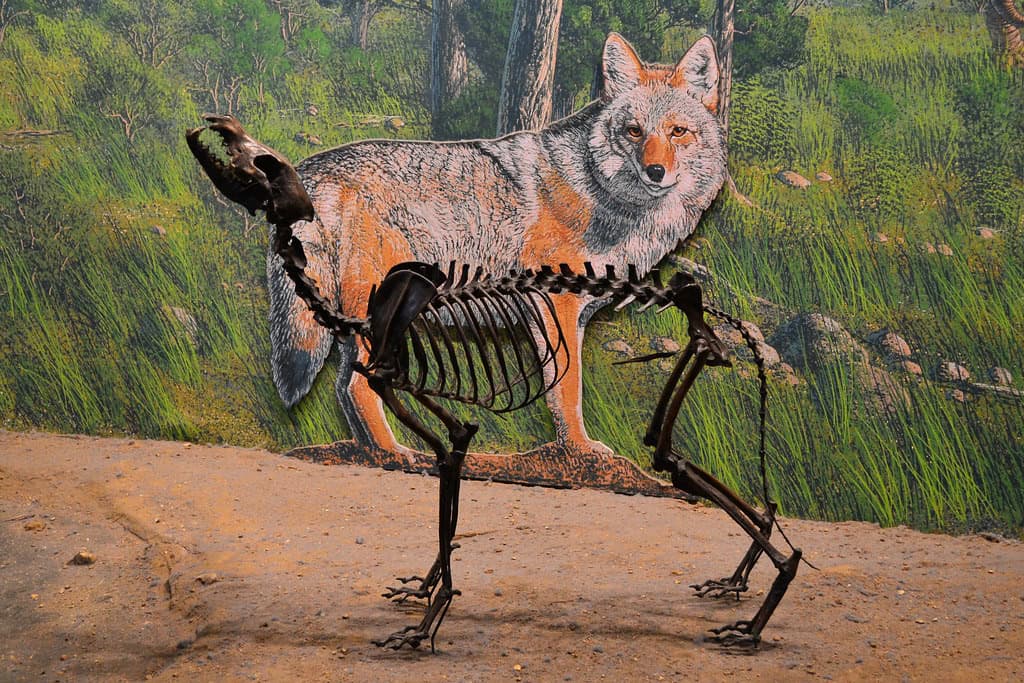
Modern gray wolves, even the largest specimens, pale in comparison to their prehistoric relatives. The dire wolf (Canis dirus), which went extinct approximately 11,000 years ago, was significantly more robust than today’s gray wolves, with an estimated average weight of 150-175 pounds (68-79 kg). Paleontological evidence suggests that dire wolves were specialized megafaunal hunters with heavier bone structure and stronger jaws.
Even more impressive was the giant short-faced wolf (Aenocyon dirus), which could reach weights up to 200 pounds (90 kg). Fossils from the Pleistocene epoch reveal that North America once supported multiple large canid species simultaneously, with the gray wolf ancestors being just one of several large predators. This suggests that the capacity for extreme size has always existed within canid genetics, with the Kotzebue wolf representing a modern expression of this ancient potential.
The Role of Diet and Territory

The extraordinary size of Alaska’s record-breaking wolf directly correlates with its diet and territory. Wolves in the Kotzebue region primarily hunt caribou from the Western Arctic Caribou Herd, one of North America’s largest. This consistent access to large prey provides the substantial caloric intake needed to support massive body size.
Adult wolves require approximately 2.5 pounds (1.1 kg) of meat daily for maintenance, but actively growing or exceptionally large individuals may consume 7-10 pounds (3.2-4.5 kg) when food is plentiful. The vast, undisturbed territories in remote Alaska allow wolf packs to follow migratory herds without human interference, creating ideal conditions for reaching genetic size potential. Researchers have noted that wolves in these regions can maintain territories exceeding 1,000 square miles (2,590 square kilometers), offering diverse hunting opportunities throughout seasonal changes.
Debunking Wolf Size Myths

Despite scientifically verified records, exaggerated claims about wolf sizes persist in popular culture and hunting communities. Wolves weighing 200+ pounds (90+ kg) are frequently reported but never verified by wildlife officials. Several factors contribute to these misconceptions. Field judging an animal’s weight is notoriously difficult, especially for predators whose thick fur creates an illusion of greater size. Post-mortem bloating can temporarily increase apparent size, while storytelling traditions among hunters have historically rewarded impressive claims.
Additionally, hybrids between wolves and large domestic dog breeds have occasionally been confused for pure wolves. Wildlife biologists consistently confirm that verified wolf weights above 175 pounds (79 kg) are extremely rare, with most “monster wolf” claims failing to hold up under scientific scrutiny. The Kotzebue specimen remains exceptional precisely because it stands as one of the few scientifically documented cases of a wolf approaching this impressive size.
Conservation Status and Population Dynamics

The presence of exceptionally large wolves like the Kotzebue specimen is directly linked to conservation status and population health. Gray wolves were nearly extirpated from most of the continental United States by the mid-20th century, with remnant populations surviving primarily in northern Minnesota and Michigan. Subsequent protection under the Endangered Species Act allowed for significant recovery and reintroduction efforts. Alaska’s wolves, by contrast, never faced the same level of persecution, allowing natural size variations to persist in stable populations.
Research suggests that wolves reach maximum size potential in stable populations with minimal hunting pressure and abundant prey. In recovering populations where competition for resources is high or in areas with significant human-caused mortality, wolves typically don’t reach the exceptional dimensions seen in remote Alaskan specimens. This highlights how conservation practices directly impact not just wolf numbers but also their physical development and expression of natural traits.
The Challenge of Accurately Measuring Wild Wolves

Accurate measurement of wild wolves presents significant scientific challenges. Standard wildlife measurement protocols require weighing specimens before field dressing and measuring length from nose to tail tip while the animal is laid flat. Historically, many claimed “record” wolves were weighed after being partially processed or measured using inconsistent methods. Modern wildlife biology employs standardized techniques, including certified scales and multiple measurements to ensure accuracy.
For live wolves, researchers use calibrated suspension scales during capture and anesthesia for radio-collaring operations. The Alaska Department of Fish and Game maintains particularly rigorous standards for recording wolf data, which lends additional credibility to the Kotzebue specimen’s measurements. These standardized approaches have vastly improved our understanding of true wolf size ranges across North America and helped separate fact from fiction regarding exceptional specimens.
Wolves in Native American Culture
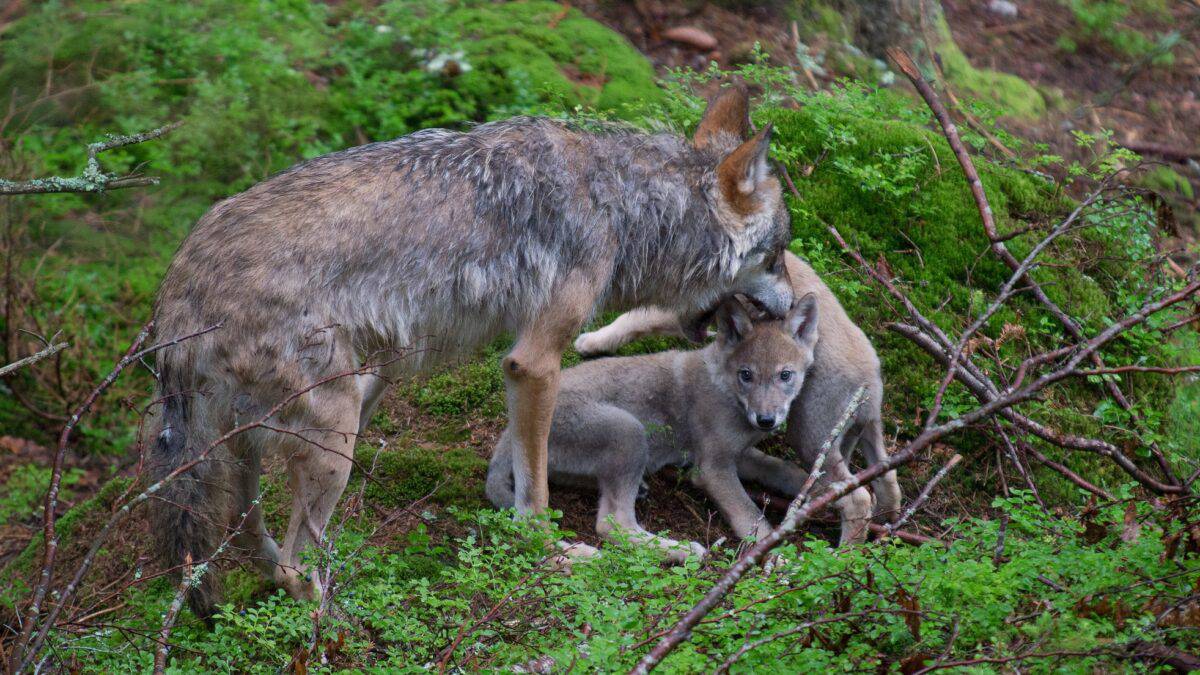
Exceptionally large wolves hold special significance in many Native American cultures, particularly among Alaska Native peoples. In Inuit and Yupik traditions, unusually large wolves were often believed to embody powerful spirits or transformed shamans. The Nunamiut people of northern Alaska traditionally viewed the largest wolves as clan ancestors deserving of special respect. Among many tribes, stories of giant wolves served as important teaching tools about respecting natural forces and understanding ecological relationships.
These cultural perspectives contrast sharply with European-derived views that often characterized large predators as threats to be eliminated. The indigenous knowledge of wolf behavior and biology, accumulated over thousands of years of coexistence, often included sophisticated understanding of size variations and their ecological significance. This traditional knowledge increasingly complements scientific research in contemporary wolf management, particularly in regions like Alaska where the largest specimens have been documented.
Modern Wolf Management and Research

Contemporary wolf research utilizes advanced technology to study these apex predators. GPS collars provide detailed movement data, while genetic sampling helps identify lineages associated with exceptional size. The weight and measurements of the Kotzebue wolf continue to serve as important reference points in research on carrying capacity, prey relationships, and population health. Management policies vary dramatically across North America, with Alaska maintaining regulated hunting and trapping while the lower 48 states generally provide stricter protections.
Biologists now recognize that preserving genetic diversity within wolf populations is essential for maintaining natural size variations and adaptability to changing environmental conditions. Long-term studies in places like Denali National Park and the Yellowstone ecosystem provide valuable insights into how wolf physical characteristics, including size, relate to ecosystem function and pack dynamics. These research efforts continue to expand our understanding of the biological potential represented by specimens like the record-breaking Kotzebue wolf.
Climate Change Impacts on Wolf Size
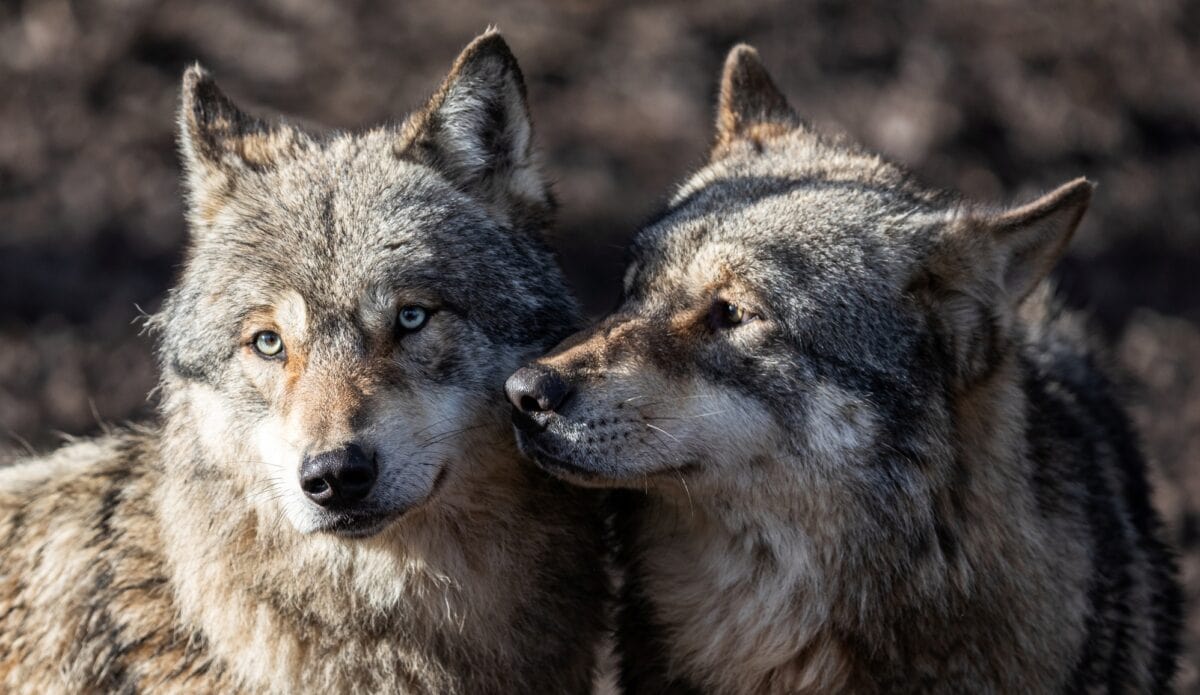
Emerging research suggests that climate change may influence wolf size distributions in North America. As Arctic and sub-Arctic regions warm at accelerated rates, prey migration patterns and availability are shifting. Some biologists hypothesize that Bergmann’s rule—the tendency for animals to be larger in colder climates—may result in gradual reductions in maximum wolf size as northern environments warm.
Changes in snow pack and winter conditions might also favor smaller, more energy-efficient body types. Conversely, northward expansion of prey species like white-tailed deer could potentially provide new food sources supporting large body size in more northern populations. Long-term monitoring programs are tracking these potential changes, using historical specimens like the Kotzebue wolf as baselines for comparison. The complex relationship between climate, prey availability, and wolf morphology represents an important frontier in conservation biology, with implications for the future presence of exceptionally large wolves in North American ecosystems.
The Legacy of North America’s Largest Wolves
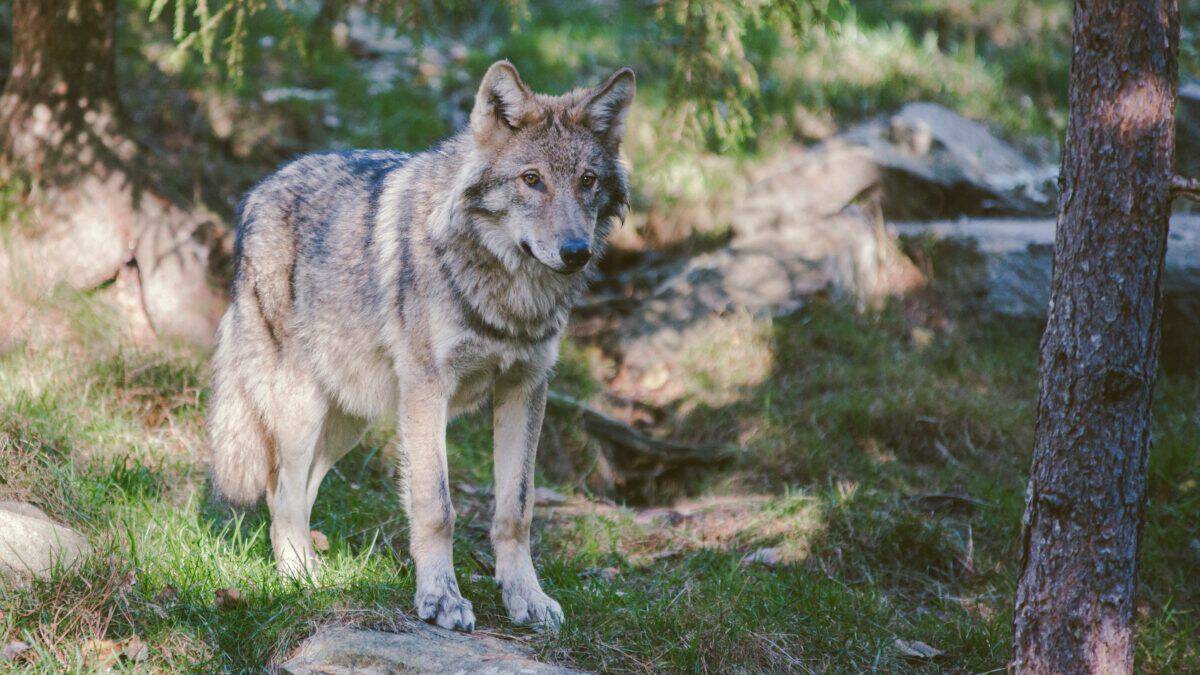
The record-breaking Kotzebue wolf and other exceptionally large specimens have left an indelible mark on our understanding of nature’s capabilities and limitations. These extraordinary animals challenge us to consider what factors allow certain individuals to reach the outer boundaries of their species’ potential. The scientific documentation of these rare specimens provides valuable reference points for biological research, conservation planning, and public education.
While the 175-pound Alaska wolf remains the verified record-holder, its existence reminds us that natural systems still harbor surprises and wonders beyond our everyday experience. As wolf populations continue to recover across portions of their historical range, the potential for exceptional individuals to emerge serves as a powerful indicator of ecosystem health and resilience. The legacy of North America’s largest wolves ultimately transcends their physical dimensions, embodying the wild spirit and untamed character of the continent’s most iconic predator in its most magnificent form.
- The Island Where Endangered Birds Are Making a Comeback - August 9, 2025
- Could the Ogallala Aquifer Run Dry in Our Lifetime? - August 8, 2025
- The Fish That Can Bite Through Bone - August 8, 2025

